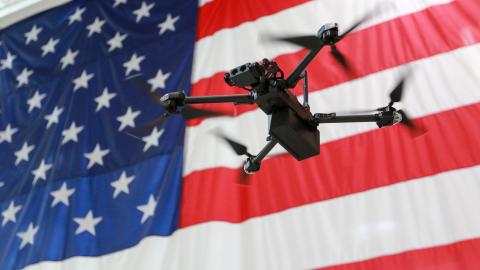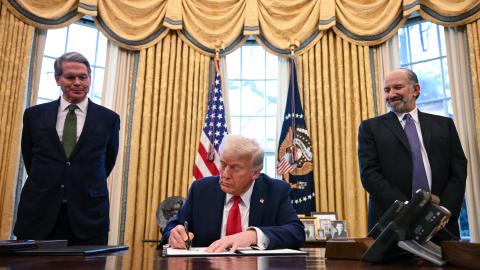Abstract
The CSTO has been expanding its defense capabilities, legal mandate, and range of missions in recent years, and has emerged as the main regional defense alliance in Eurasia. Nonetheless, the continuing war in Afghanistan, the contested democratic legitimacy of CSTO member states, Russia’s newly assertive stance in Ukraine and Moscow’s focus on building a Eurasian Union that might take on its own military dimension mean that the CSTO faces major challenges in coming years.
Analysis
Nikolai Bordyuzha, who has been Secretary General of the Collective Security Treaty Organization (CSTO) since April 2003, was one of the headline speakers at the May 23 International Security Conference in Moscow, organized by the Russian Ministry of Defense. General Bordyuzha—whose impressive resume includes service in the Soviet KGB, head of the presidential administration, Russian National Security Advisor, and former Russian ambassador to Denmark—joined with Defense Minister Sergey Shoigu, Foreign Minister Sergey Lavrov, and Chief of the Russian General Staff Valery Gerasimov in denouncing the West’s alleged overthrow of the government of Ukraine, NATO’s military buildup during the current crisis, and Washington’s supposed campaign to promote social revolutions throughout the Middle East. In his view, the United States was employing sanctions, other economic threats, hiring mercenaries, and manipulating the cyber domain to weaken Russia and other competing centers of power. In the face of such an onslaught, Bordyuzha said that the CSTO would concentrate on preventing and managing conflicts in its Eurasian region of responsibility, including by addressing border tensions, transnational terrorism, and competition for water and energy resources.
The previous month Bordyuzha had announced that the CSTO had suspended contacts with NATO because of the Ukraine crisis and NATO’s alleged efforts to “blackmail” Russia and all its CSTO allies. This move was largely an empty gesture, since NATO had studiously avoided dealing with the CSTO since its founding more than a decade ago. U.S. and other NATO officials have been reluctant to formalize relations with the CSTO for fear of reinforcing Moscow’s preeminence in Central Asia. Western security experts have generally considered the organization as a hollow front organization that Moscow employs as an instrument to influence its neighbors’ defense policies. It is true that the CSTO, led by a Russian general and with a staff based in Moscow, has served as a key element in Russia’s drive to strengthen Moscow’s influence in the former Soviet Union. While Belarus and Armenia provide CSTO with security interests in Eastern Europe and the Caucasus, the organization’s primary regional focus has been Central Asia. There the CSTO has bolstered Moscow’s influence by helping justify Russia’s bases in the region, providing incentives for Central Asian militaries to cooperate with Russia, and potentially providing legal justification for Russian military interventions. But the other member governments, excluded from NATO or any other powerful defense alliance, have seen benefits in participating in the CSTO. Many of its member governments fear that the Arab Spring will spread north and threaten their own rule, while NATO’s declining presence in Afghanistan is leading Central Asian states to rely more on Moscow for their security. Of course, the specific motives for membership differ for each state. Whereas Belarus fears Western-backed efforts to replace its authoritarian government, Armenia sees the CSTO as providing a means to strengthen its military potential against rival Azerbaijan. Meanwhile, the Central Asia member governments of Kazakhstan, Kyrgyzstan, and Tajikistan feel threatened by narcotics trafficking and terrorist groups seeking to replace the region’s secular governments with overtly Islamist structures.

















